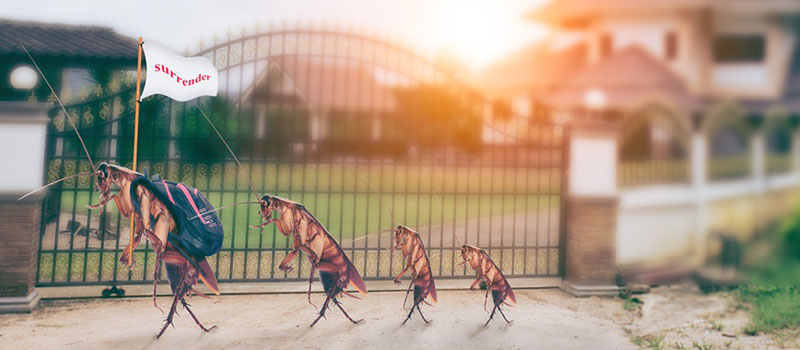Pests in Indian homes can be a major problem for many families. They can cause health risks, property damage, economic costs, and psychological impact, making life difficult and unpleasant. In order to minimize these negative impacts, it is important to understand the types of pests that are commonly found in Indian homes, the reasons why they are attracted to these environments, and the steps that can be taken to prevent and control infestations.
One of the most common pests in Indian homes is mosquitoes. Mosquitoes are carriers of diseases such as dengue, malaria, and chikungunya, which can be deadly. They are attracted to stagnant water, which can be found in many homes in the form of open containers, clogged gutters, or ponds. In order to control mosquito populations, it is important to eliminate standing water and use insecticides, such as mosquito nets and sprays.
Another common pest in Indian homes is the cockroach. Cockroaches are attracted to moist and dark environments, making them a common sight in kitchens and bathrooms. They can also spread diseases and trigger allergies, making them a health risk for families. To control cockroach populations, it is important to keep the home clean, eliminate food sources, and use insecticides, such as baits and sprays.
Rats are also a major pest in Indian homes. They are attracted to food, water, and shelter, making them a common sight in homes with poor sanitation or those located near food sources, such as garbage dumps. Rats can cause significant property damage, as they can gnaw on electrical wiring and other household items, and they can also carry diseases, making them a health risk for families. To control rat populations, it is important to eliminate food and water sources, as well as block entry points, and use traps and poisons.
Termites are another common pest in Indian homes, particularly those made of wood. They can cause significant damage to wooden structures, including furniture, flooring, and walls, which can be costly to repair. To control termite populations, it is important to have regular inspections and treatments, as well as to eliminate sources of moisture and use termite-resistant materials when building or renovating.
In addition to the physical impact of pests, they can also have a significant psychological impact on families. The sight of pests, such as cockroaches or rats, can cause stress, anxiety, and disgust, particularly if they are seen regularly or cause persistent problems. This can lead to a general feeling of discomfort in the home, which can negatively impact quality of life.
In conclusion, pests in Indian homes can be a major problem for many families. By understanding the types of pests that are commonly found in these environments, the reasons why they are attracted to them, and the steps that can be taken to prevent and control infestations, families can minimize the negative impacts of pests and enjoy a clean and healthy home. Regular cleaning and maintenance, proper storage of food, and the use of insecticides and other control measures can help to prevent and control pest infestations, ensuring that homes are safe, healthy, and comfortable environments for families.


